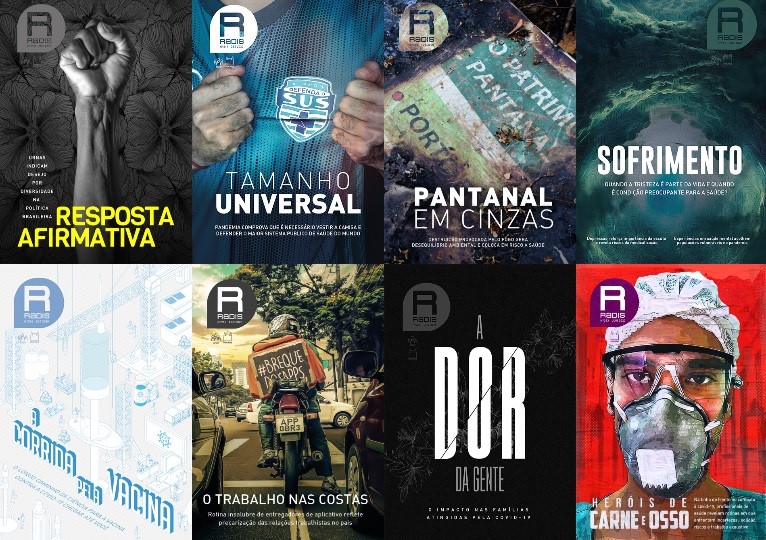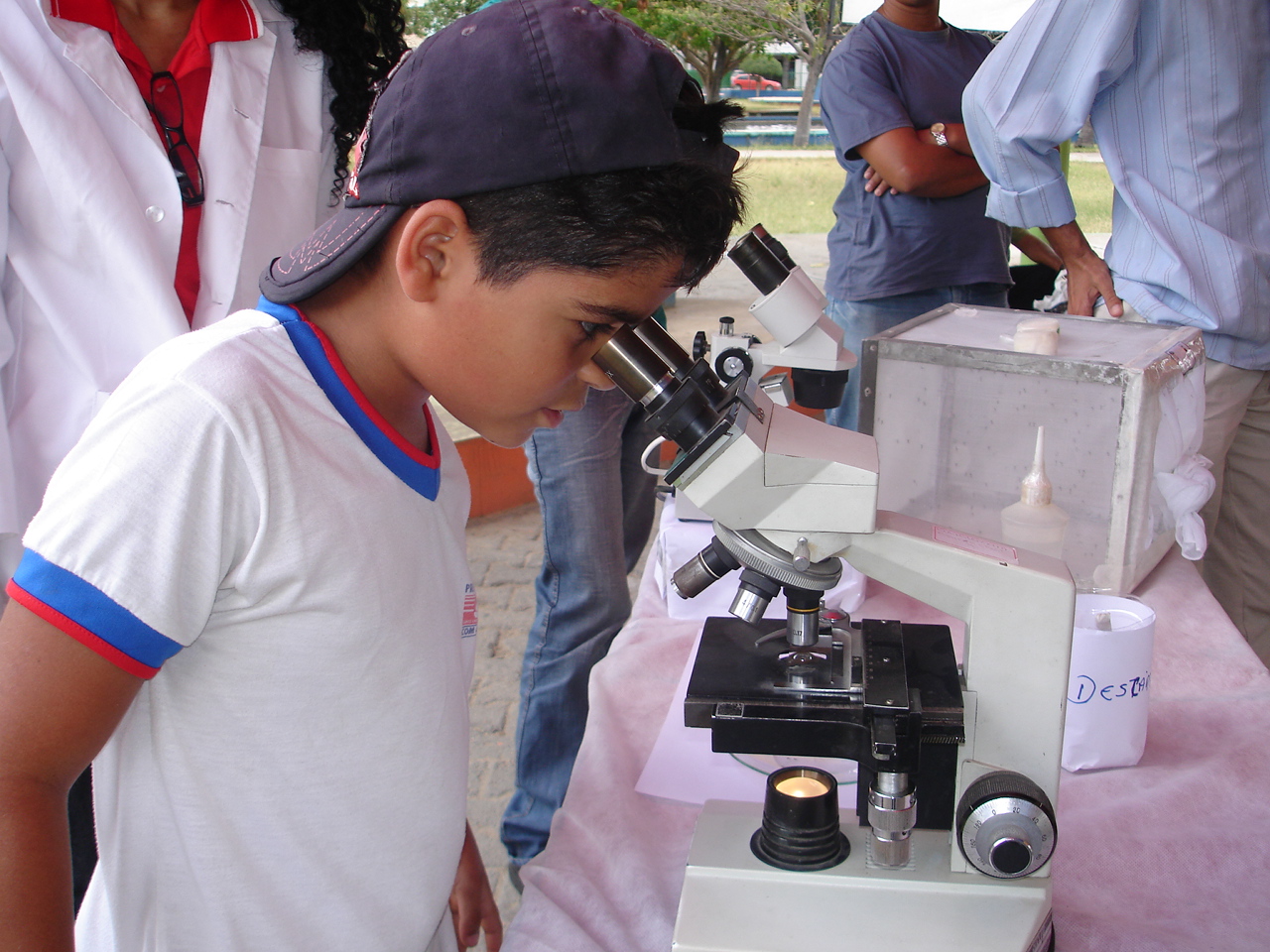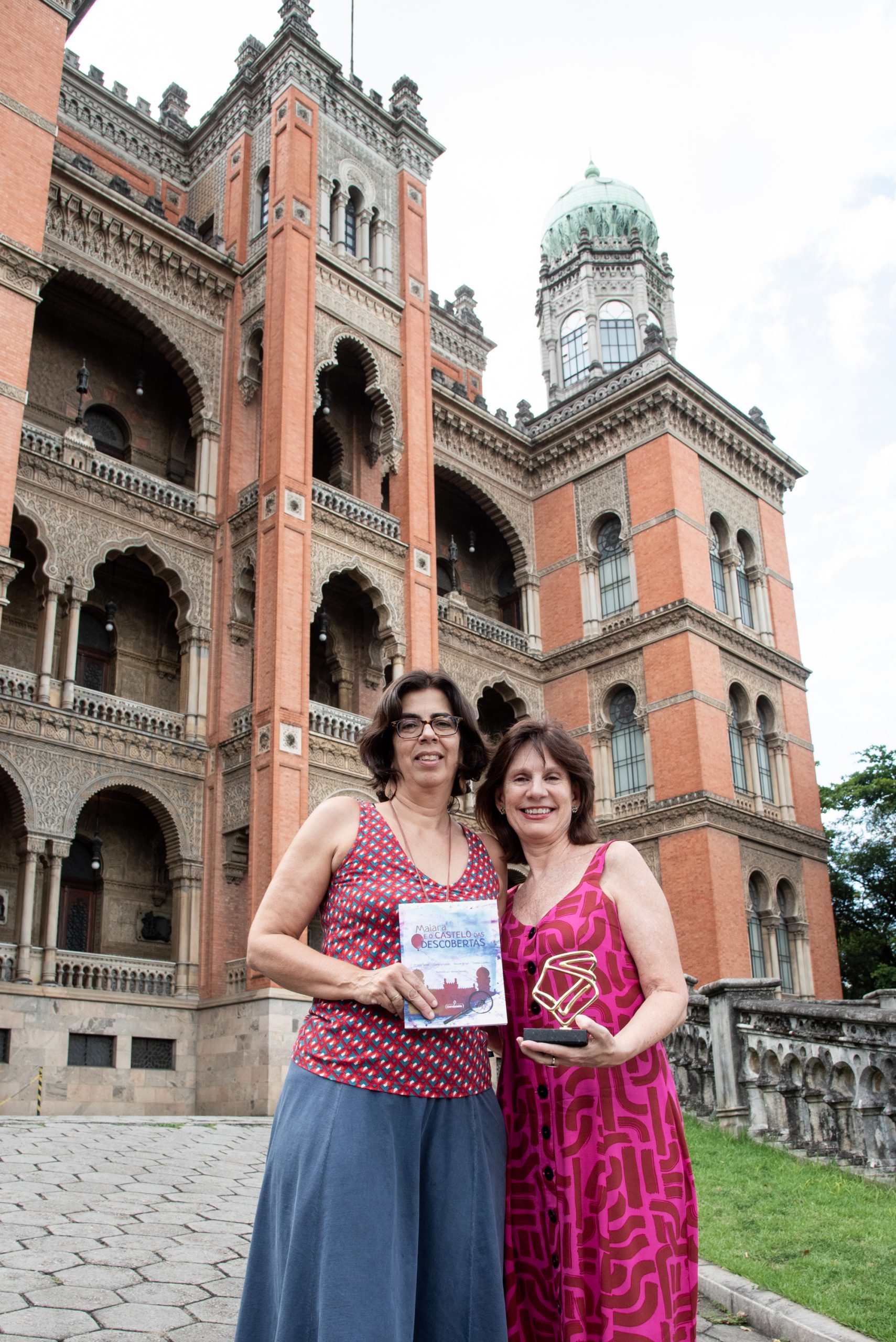Mapping confirms Fiocruz's tradition in science communication, but there is still room to expand the involvement of research groups in the actions
| Illustration: Silmara Mansur/iStock. |

By Karine Rodrigues
In 1907, Oswaldo Cruz left for Germany with unusual baggage: samples of serums and vaccines, specimens of disease-transmitting insects, materials on health campaigns, anatomical pathology specimens, and models of the institute that became Fiocruz. His aim was to impress the participants of the 14th International Conference on Hygiene and Demography. And he did: he secured a gold medal for Brazil, in what can be seen as the institution's first major science communication initiative.
Not every researcher is going to take a picture, record a YouTube video, or make a podcast. Some have this ability, some don't. So, we must have institutional instruments so that they can engage in science communication activities
Since then, methods for talking about science with the general public have become a field of knowledge and have undergone many transformations, within and beyond Fiocruz, which considers it a strategic area and a social commitment. An unprecedented study conducted by Casa de Oswaldo Cruz describes how the institution created 121 years ago communicates with society. Today, it is one of the principal references in science and technology in healthcare in Latin America, focusing on research, teaching and innovation, where has distinguished itself in the production of vaccines and biopharmaceuticals.
The investigation, the first of its kind in the history of the institution, revealed that Fiocruz has a great system for science communication and popularization, with projects focusing on traditional means of communication, the internet, educational and communication materials, in-person activities and what is known as citizen science. An article published in the most recent issue of the journal História, Ciências, Saúde – Manguinhos describes the mapping carried out in 2015–2016.
“We didn't expect such a plural, diverse range of activities. Practically all units [of Fiocruz] engage in science communication and popularization. And they are not generic or similar. On the contrary: they are aligned with the mission of each unit. In fact, there is a strong science communication and popularization system at Fiocruz, even if it is not organized,” states Casa de Oswaldo Cruz researcher Diego Vaz Bevilaqua, highlighting the great challenge of structuring activities in the area.
Policy responds to weaknesses identified in the mapping
Deputy Coordinator of Fiocruz's Science Communication Policy, published in April, he believes that it is a first step towards organizing activities for this purpose. Mapping of the actions of the institution was key to preparing the document on the topic, he adds..

Radis Magazine, from Ensp/Fiocruz, stands out in health communication. Image: Reproduction.
“The Policy marks a new level of maturity in the area at Fiocruz. It is an innovation in the context of Brazilian institutions and addresses the weaknesses identified in the mapping, which are related to the issues of expanding funding, dialogic communication, internal collaboration, regional diversity, and the participation of research groups. The Policy mentions all of these topics as elements to be developed. Right now, society is in great need of science communication,” assesses Bevilaqua, who wrote the article on mapping with Heliton Barros; Maria Inês Rodrigues Fernandes; Loloano Claudionor da Silva (in memoriam) and Fiocruz president Nísia Trindade Lima.
The secret to fighting fake news is not large amounts of information, authoritatively passed on from the top down, but a horizontal dialogue between science and society
In an era of scientific denial and pandemics, focusing efforts on dialogic communication with society is also understanding the potential of actions to communicate and popularize science in the face of the wave of false news.
“The secret to fighting fake news is not large amounts of information, authoritatively passed on from the top down, but a horizontal dialogue between science and society,” emphasizes Bevilaqua, a physicist who did post-doctoral research at Harvard University and switched from scientific research to science communication.
School communities and the vulnerable: the current priority and the future priority
The analysis ranked and analyzed a total of 150 actions. There is a greater concentration of activities at Fiocruz's headquarters, in Rio, and particularly at the Museum of Life, which is part of the Casa de Oswaldo Cruz and whose main activity is the communication and popularization of science. At that time, when no one imagined that the world would enter into a prolonged quarantine due to Covid-19, face-to-face programs predominated in the institution.

Visitors at the Museum of Life Reception Center. Photo: Nathalia Werneck/Museum of Life.
Among the programs for specific groups, those targeting the "school community" (teachers, students and family members) are the most frequent, according to the article: they represent 43% of the activities, in the analysis by type of group, and 16% of all programs developed by Fiocruz, consistent with the institution's tradition in science education. However, the programs targeting to the "socially vulnerable" correspond to 20% of those aimed at specific groups and 7% of the total. The study authors believe that this proportion could be increased, since this public has lesser access to scientific knowledge and because Fiocruz focuses on public health.
Few contributions from research groups
According to the survey, only about 10% of Fiocruz research groups take part in science communication and popularization. In Bevilaqua's opinion, the low participation levels are a result of the national context, which does not value this activity when evaluating researchers.
One of the advantages of better identifying these actions, including through a system of this type, is being able to more deeply evaluate each of the initiatives, in order to understand to what extent Fiocruz is able to meet the objective of moving from unidirectional communication to a model based more on dialog
“This is mostly due to the Brazilian scenario, in which little attention is paid to science communication in the evaluation of both individual research and research projects. There has been some improvement in recent years with the inclusion of scientific communication in some job descriptions for public institutions, but most of the researcher selection boards, researcher promotion boards, and calls for projects by development agencies either do not include scientific communication activities or do not assess them. And when they are assessed, it is in a very basic way, such as if they were or were not performed. They do not evaluate the quality or intensity of the programs."
He believes that, in order to expand engagement at Fiocruz, science communication must be included in public hiring announcements and research evaluation processes and Fiocruz must create systems and mechanisms that encourage researchers to contribute to the field, facilitating activities in the area.
“Not every researcher is going to take a picture, record a YouTube video, or make a podcast. Some have this ability, some don't. So, we must have institutional instruments so that they can engage in science communication activities,” points out Bevilaqua, who headed the Museum of Life from 2013 to 2017.

Fiocruz Pernambuco participates in the National Science and Technology Week. Photo: Fiocruz Pernambuco.
Another important internal challenge is knowing and continually monitoring the activities in the field, as well as analyzing their impacts. New monitoring methods are under discussion, including a system that serves as a database, periodically fed by each department, explains Bevilaqua:
The mapping also identified that there are many products that communicate with the public in the more traditional, unidirectional way, but have "great potential to promote dialogue and engagement."
"One of the advantages of better identifying these actions, including through a system of this type, is being able to more deeply evaluate each of the initiatives, in order to understand to what extent Fiocruz is able to meet the objective of moving from unidirectional communication to a model based more on dialog," he notes.
Research institutions are the leaders in dissemination and popularization
Bevilaqua stresses the importance of research institutions, the principal actors disseminating and popularizing science, to carry out surveys on actions in the field and investigate how they are organized. Studies that analyze parameters related to activities in the field in large universities and science and technology institutions are practically non-existent.
“These institutions should play a structural role in the national science communication system. Scientific communication is often done in a fragmented way by the institution's researchers, laboratories or programs, but it needs to be anchored in a vision of science and society that the institution must promote. It is important that institutions carry out the mapping and organize themselves. If you organize the system, you enhance this role of scientific education.”
Translated by Naomi Sutcliffe de Moraes






